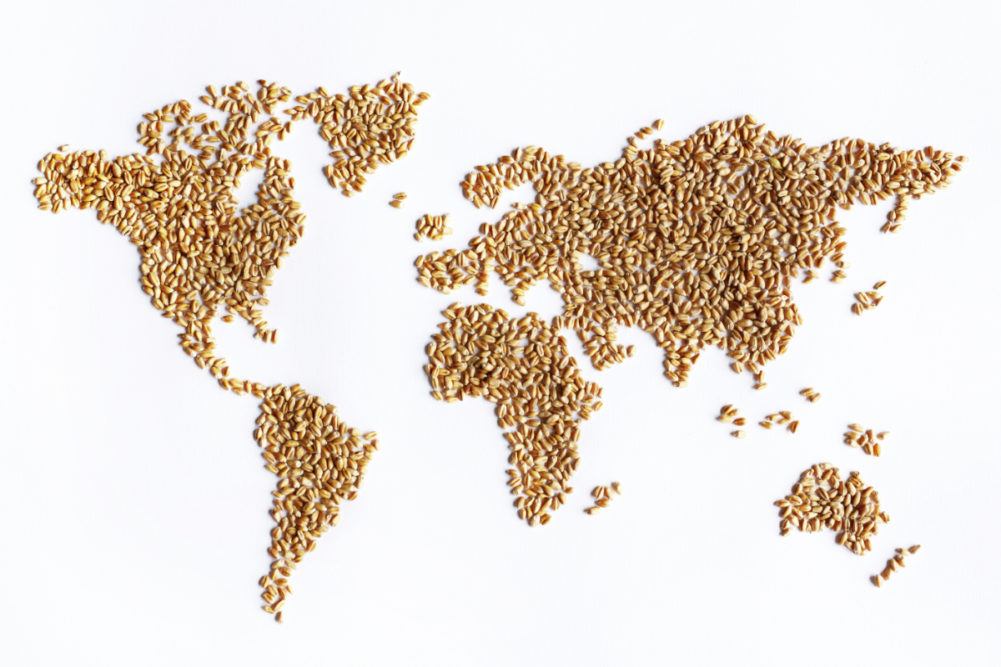LONDON, ENGLAND — While the International Grains Council (IGC) lowered its 2020-21 world grain production estimates by 1 million tonnes, it is still predicting an all-time of 2.226 billion tonnes.
The Oct. 29 Grain Market Report noted a monthly reduction in maize (corn) output prospects, which were partly offset by increased estimates for wheat, sorghum and rye.
Year-over-year, the IGC is predicting world grain production will increase 40 million tonnes. The increase largely is driven by record corn output but also bigger harvests of wheat, sorghum, oats and rye. The United States and Brazil are expected to have larger corn crops with smaller totals anticipated in the EU, Ukraine, Argentina, South Africa and China.
Consumption is expected to reach a new high of 2.223 million tonnes, an increase of 29 million tonnes compared with last year, the IGC said. Carryover stocks will see only a modest rise of 3 million tonnes, to 619 million tonnes, due to a contraction in corn.
“The drop in maize stocks is mainly tied to a further drawdown in China, but with those in the EU also seen at an unusually low level,” IGC said in the report. “In contrast, following larger harvests, accumulations are foreseen in the US and Brazil.”
World trade in 2020-21 is forecast to increase 4 million tonnes month-over-month, to 403 million, mainly on higher figures for wheat (including larger imports by China and Pakistan) and corn (the EU and China).
World soybean production is estimated to increase 9% in 2020-21 to a peak of 370 million tonnes. Chinese feed demand is a major reason for the uptick, but gains are likely across a range of smaller consumers, the IGC said.
Global carryovers are mostly unchanged year-over-year, but major exporters’ inventories are likely to tighten on a reduction in the United States. World trade may edge lower, including a fractional fall in China’s arrivals, the IGC said.
Projections for global rice production in 2020-21 were maintained at a record of 504 million tonnes. Due to an increased figure for total use, carryovers were lowered slightly to 178 million.






